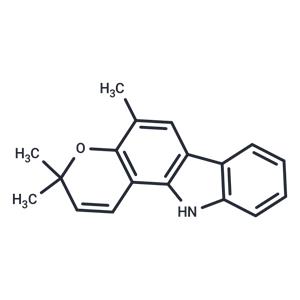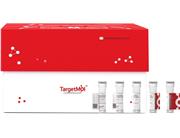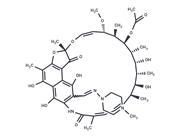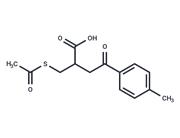| Name | Girinimbine |
| Description | Girinimbine (Girinimbin) is a carbazole alkaloid isolated from the plants M. koenigii, M. koenigii, and Murraya koenigii. Girinimbine exhibits a wide range of biological effects, including apoptosis, antitrypanosomal, antiplatelet, antimicrobial, anti-inflammatory, antioxidant, and antitumor activities. |
| In vitro | Girinimbine (1-400 µM; 24-72 h; HepG2 cells) demonstrates IC50 values of 61 µM, 56 µM, and 40 µM, reducing HepG2 cell viability at 24, 48, and 72 hours, respectively.[1] Additionally, Girinimbine (10-100 µM; 24-48 h; HepG2 cells) increases LDH leakage in a concentration- and time-dependent manner.[1] With Girinimbine (56 µM; 24-48 h; HepG2 cells) treatment, DNA fragmentation and elevated caspase-3 levels are observed.[1] Girinimbine (56 µM; 12-48 h) also exhibits a time-dependent accumulation of the Sub-G0/G1 peak and induces G0/G1-phase arrest.[1] Moreover, Girinimbine shows potent antitrypanosomal activity, with an IC50 value of 10.16 µg/mL.[3] |
| In vivo | Girinimbine (10-100 mg/kg; orally gavage; once; Male ICR mice) pretreatment effectively reduces total leukocyte migration and lowers pro-inflammatory cytokine (IL-1β, TNF-α) levels in the peritoneal fluid, while Girinimbine (20 μg/mL; 24 h; zebrafish embryos) shows a significant distribution of apoptotic cells in embryos.[2] |
| Storage | Powder: -20°C for 3 years | In solvent: -80°C for 1 year | Shipping with blue ice. |
| Keywords | Girinimbine |
| Inhibitors Related | Neomycin sulfate | Stavudine | Dehydroacetic acid sodium | Ampicillin sodium | Kanamycin sulfate | Sodium 4-phenylbutyrate | Sulfamethoxazole sodium | Doxycycline | Tributyrin | Dimethyl sulfoxide |
| Related Compound Libraries | Anti-Tumor Natural Product Library | Traditional Chinese Medicine Monomer Library | Anti-Inflammatory Traditional Chinese Medicine Compound Library | Natural Product Library for HTS |
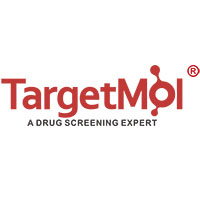
 United States
United States
